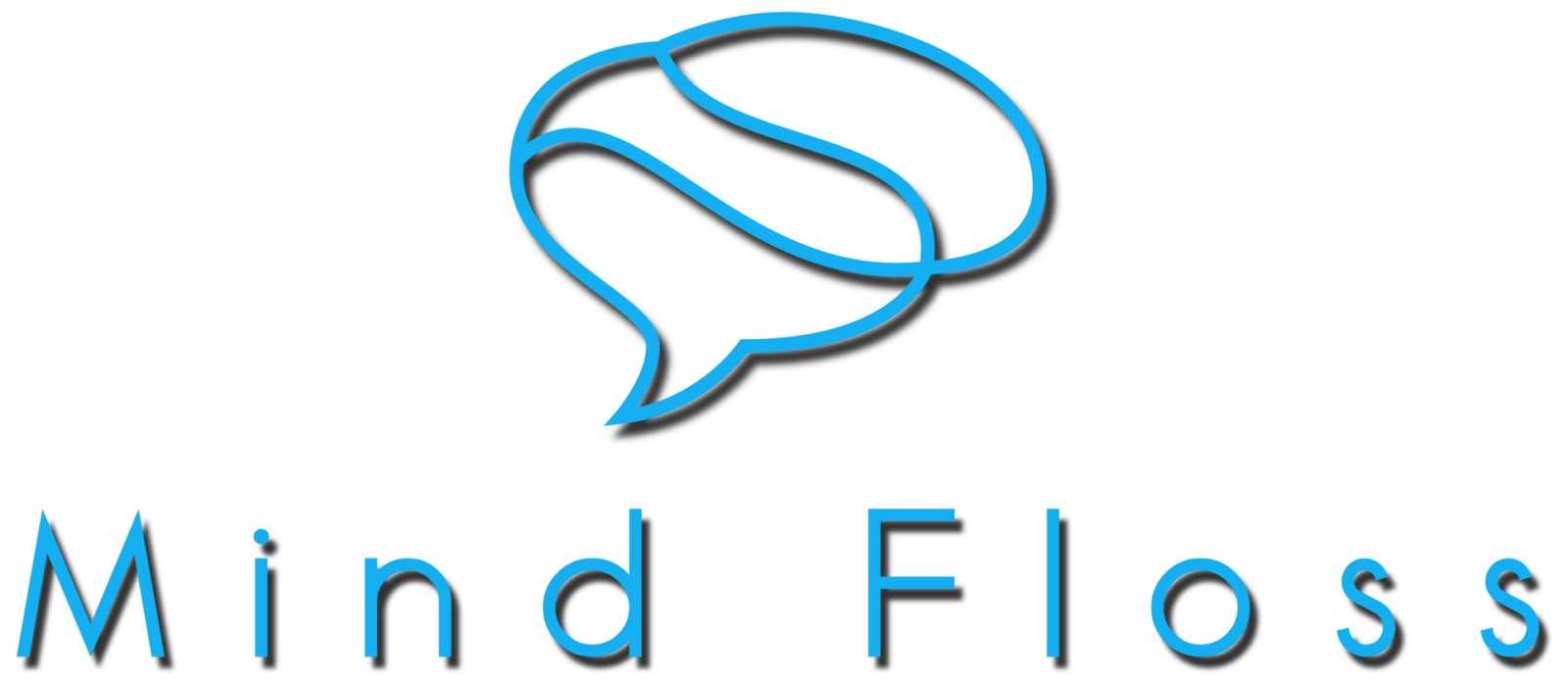The world today can be a stressful place, it can sometimes seem that life’s throwing obstacles in our path at every turn. These obstacles may be big events, or a collection of small things that build over time. The good news is we have ways to navigate life’s obstacles and unwind the troublesome feelings that overwhelm us.
In my practice I regularly treat people for a wide range of presenting issues, and many of them have one thing in common – underlying stress and anxiety!
Hypnotherapy is a great method for reducing and eliminating the symptoms of stress and anxiety, but there are also many other techniques available to learn and practice independently to help us keep a handle on stress and stay resilient to the thing’s life can throw at us.
When anxiety takes hold, it is incredibly difficult to think yourself out of it, your mind is not in a state to want to start intellectualising, it’s in survival mode. That’s why I always recommend starting with the body. By focusing on the body, we can send a clear signal to the brain that says “hey we are relaxing now, you can switch off the alarm, it’s okay, I am safe”.
Let me share with you my three top tips for reducing anxiety at the moment it comes on. By practicing these techniques regularly, and by regularly, I mean daily, you can take control of your anxiety when it surfaces and return yourself to a state of peace and calm.
Tip 1: Breathing Exercises
Deep breathing is one of the most potent weapons against stress and anxiety. By relaxing and focusing on the breath we can move our focus away from the worrisome thoughts and shift ourselves into the present moment. Here’s a quick and easy method you can try out for yourself:
Find yourself a quiet comfortable place to sit or lie down, it can be at home, at work, or outside.
Allow your eyes to close and take a deep long steady breath in through your nose, counting to four.
Now, hold your breath for a count of two.
Then, exhale slowly and purposefully through your mouth for a count of six.
Repeat the cycle for a few minutes, noticing how good it feels. As you do so, allow each breath to become slower and steadier.
This deep breathing exercise activates the body’s relaxation response, slowing down the heart rate, and reducing the feelings of anxiety.
Tip 2: Mindfulness Meditation
The practice of mindfulness meditation is well documented and a popular method for wellbeing. Many people have chosen to build it into their daily routine, and it’s a great way to start the day. It can of course be used at any time, and only takes a few minutes. By training the mind to focus on the moment, on the right here and now, instead of getting caught up on the regrets of the past, or the fears of the future, we retrain the mind and body to experience freedom from stress and become more resilient to it.
Find a quiet peaceful space where you won’t be interrupted for a while.
Sit on a comfortable chair, on the floor, or on a cushion.
Allow your eyes to close and begin to focus on your breath, really notice the sensation of each inhale and exhale.
Whenever the mind starts to wander, just notice that and gently guide it’s focus back to the breath without any judgement.
Practice this each day, as you become better at it start increasing the duration as you become more used to it.
Mindfulness meditation can calm the mind and bring back a sense of clarity with a feeling of being in control. For optimal results maintain consistency by regular practice.
Tip 3: Progressive Muscle Relaxation
Progressive muscle relaxation is a technique that involves systematically tensing and releasing muscle groups in order throughout the body. This exercise will promote physical and mental relaxation, by relieving muscle tension.
Follow these steps:
Find a nice quiet comfortable spot where you can sit or lie down.
Allow your eyes to close and take a few deep gentle breaths as you settle down into a state of relaxation.
Begin by shifting your focus to the toes, and as you do so, start tensing the muscles in that area for about 5 to 10 seconds.
Then, release that tension suddenly, allowing the muscles to relax completely, As if you’ve just let go of a bunch of scrunched up elastic bands.
Repeat this process, working up though all the muscle groups in your body, tensing and releasing all the way until you get to your head. You can even do the little muscles around the face.
By tensing and releasing each of the bodies muscle groups you can let go of any stored-up tension and bring yourself to a state of physical and mental calmness and tranquility.
Incorporating these techniques into your daily routine can help you regain control over anxiety when it arises and ultimately lead you back to a place of peace and calmness. Remember, practice is key to mastering these techniques and reaping their benefits in the long term.




